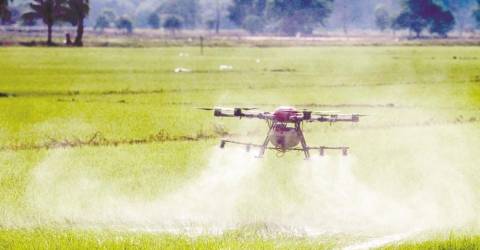PETALING JAYA: Despite having the largest-ever total development expenditure of RM400 billion, the 12th Malaysian Plan 2021-2025 (12MP) unveiled by Prime Minister Datuk Seri Ismail Sabri Yaakob today managed to extract only lukewarm response from the markets.
On Bursa Malaysia today, the FBM KLCI closed at 1,533.05 points, a 0.99 point or 0.06% improvement over its previous close. However, market breadth was negative with decliners outpacing gainers 587 to 424, while 439 counters were unchanged, 863 untraded and 16 others suspended.
Bursa’s energy index ended 11.87 points or 1.67% higher at 723.41 from a previous close of 711.54. However, the healthcare index saw the biggest drop of day as it fell 22.42 points or 0.9% to 2,467.45 from a previous close of 2,489.87.
On the foreign exchange front, the ringgit ended trade marginally lower against the US dollar at 4.1880 today against 4,1875 on Friday, despite being seen to benefit from the positive sentiment surrounding the tabling of the 12MP and elevated crude oil prices.
Compared with the previous five-year plan, 12MP’s allocation of RM400 billion marks a 54% increase from RM260 billion budgeted for the 11MP which ran from 2016-2020.
On the whole, the 12th plan aims to achieve gross domestic product (GDP) growth of 4.5%-5.5% a year, gross national income (GNI) per capita of RM57,882 and an average household income of RM10,065. The 11MP performance saw a growth of 2.7% a year, a GNI per capita of RM42,503 and an average monthly household income of RM7,160.
To achieve these goals, Ismail Sabri has singled out strategic industries such as electric & electronics, global services, aerospace, the halal industry, creative, tourism, biomass, and smart farming as the catalysts to growth.
As such the plan centres on building resiliency, competitiveness in these sectors by leveraging on advanced technology adoption, digitalisation and niche capabilities.
In addition, the 12MP efforts will also focus on expanding these industries’ high valued-added activities and products, attracting investments and expanding exports as well as contributing to the green economy agenda.
